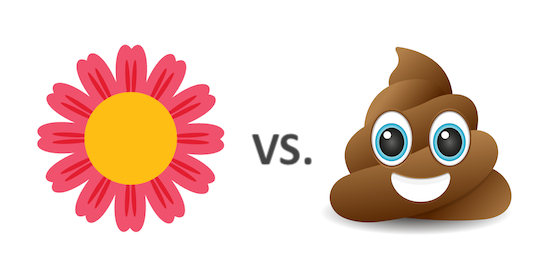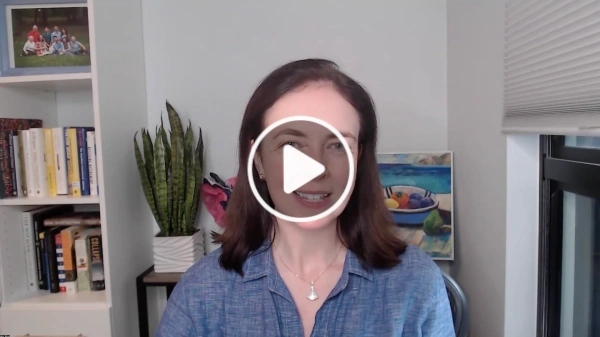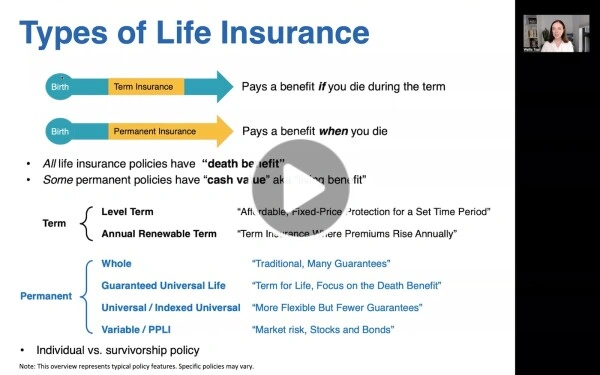Let’s first acknowledge that talking about life insurance is not something people naturally gravitate to.
But a lot of people make HUGE mistakes with their life insurance. So finding a better way to talk about life insurance is important.
“Better” being honest, analytically rigorous, easy to understand and not mind-numbingly boring.
Enter the AboveBoard Flowers vs. Turds Rating System.
It’s designed to capture the fact that many life insurance sales lines sit somewhere on the continuum from “total BS” (example: "why rent when you can buy?") to “true & sensible” (example: "think about your future self").
It accommodates the reality that a sales line that’s “true & sensible” for people in some financial situations can be “total BS” for people in different situations.
It works like this:
= total BS, really doesn’t make sense
= mostly BS, has some grains of truth
= true in some situations, BS in others
= true, but can be misleading
= true and sensible (but watch out for misuse)
If you’re still not convinced of the Flowers vs. Turds Rating System’s merits, I’ll share two more facts:
- It’s rooted in my 10+ years at Goldman Sachs as an investment banker and hedge fund investor covering financial institutions (including insurance companies), as well as my 4+ years as a licensed insurance broker & agent, and Founder & CEO of AboveBoard Financial, which includes our independent insurance brokerage agency, AboveBoard Insurance Services
- I’ve used the Flowers vs. Turds Rating Scale to teach classes on insurance at Harvard Business School (at an elective course offered by a full professor to the full-time MBA students, if you were wondering). It works.
We’ll be periodically publishing ratings of sales lines, with explanations of why we believe the rating makes sense.
Check out one of our favorites here: Why Rent When You Can Buy?
One last thing: this is interactive! Submit the sales lines you’ve heard to concierge@aboveboardfinancial.com - you might see them included in a future edition of “Flowers vs. Turds”. And feel free to include any “illustrations” (pages with lots of numbers and maybe some graphs that an insurance professional gave you describing a policy).




